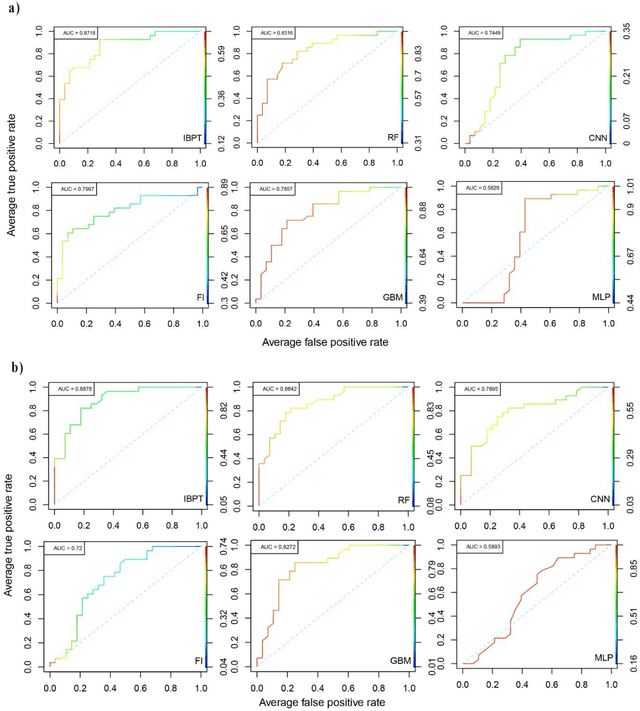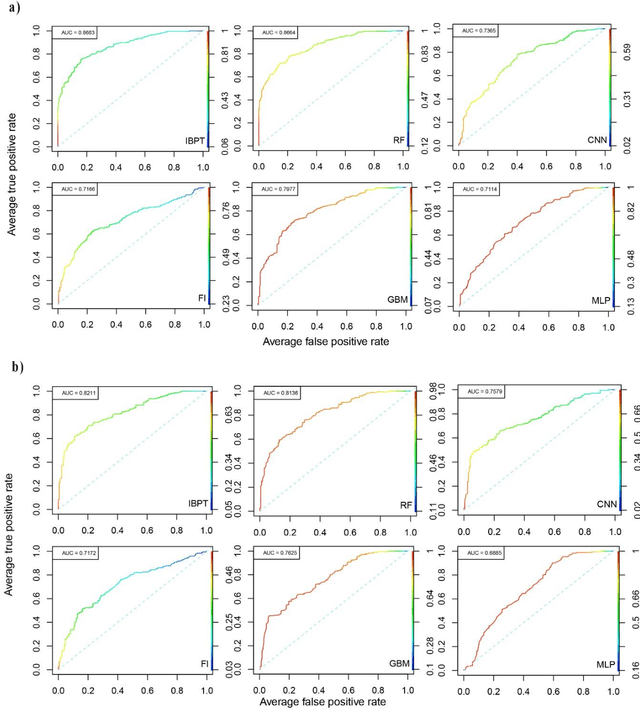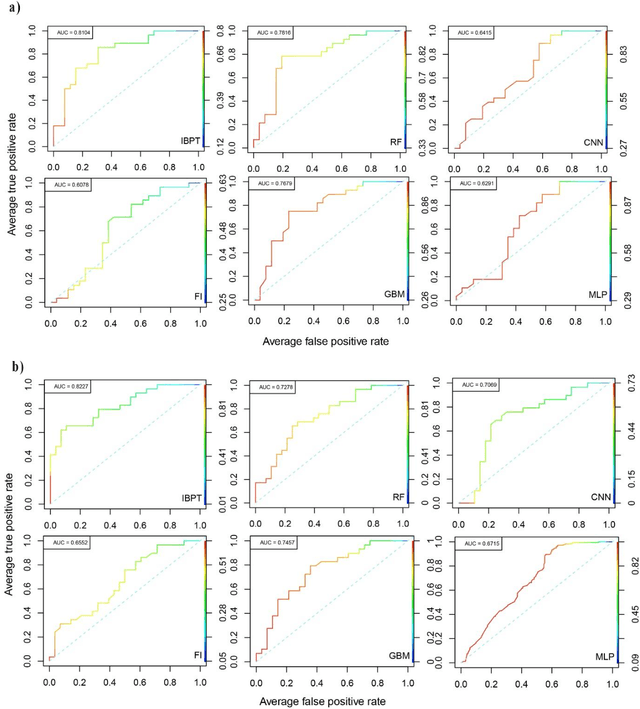Pan Xiong
Towards advancing the earthquake forecasting by machine learning of satellite data
Jan 31, 2021



Abstract:Amongst the available technologies for earthquake research, remote sensing has been commonly used due to its unique features such as fast imaging and wide image-acquisition range. Nevertheless, early studies on pre-earthquake and remote-sensing anomalies are mostly oriented towards anomaly identification and analysis of a single physical parameter. Many analyses are based on singular events, which provide a lack of understanding of this complex natural phenomenon because usually, the earthquake signals are hidden in the environmental noise. The universality of such analysis still is not being demonstrated on a worldwide scale. In this paper, we investigate physical and dynamic changes of seismic data and thereby develop a novel machine learning method, namely Inverse Boosting Pruning Trees (IBPT), to issue short-term forecast based on the satellite data of 1,371 earthquakes of magnitude six or above due to their impact on the environment. We have analyzed and compared our proposed framework against several states of the art machine learning methods using ten different infrared and hyperspectral measurements collected between 2006 and 2013. Our proposed method outperforms all the six selected baselines and shows a strong capability in improving the likelihood of earthquake forecasting across different earthquake databases.
 Add to Chrome
Add to Chrome Add to Firefox
Add to Firefox Add to Edge
Add to Edge